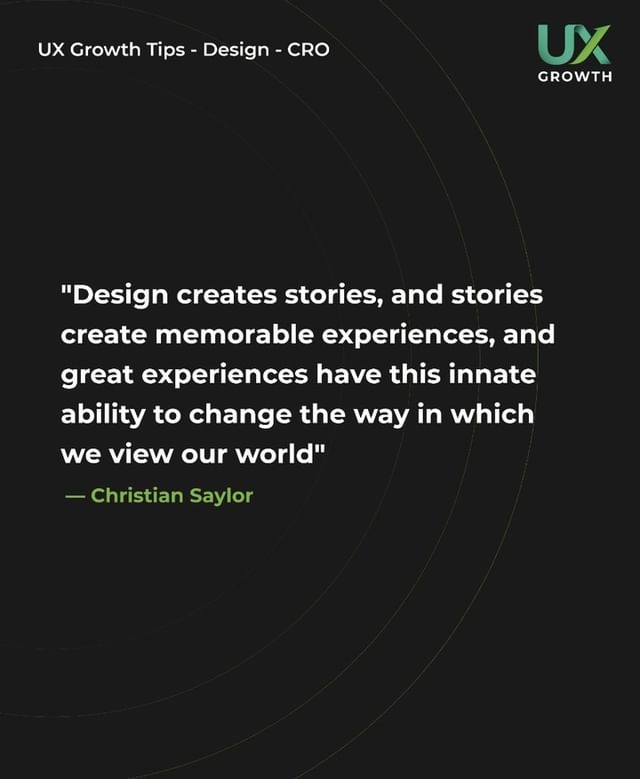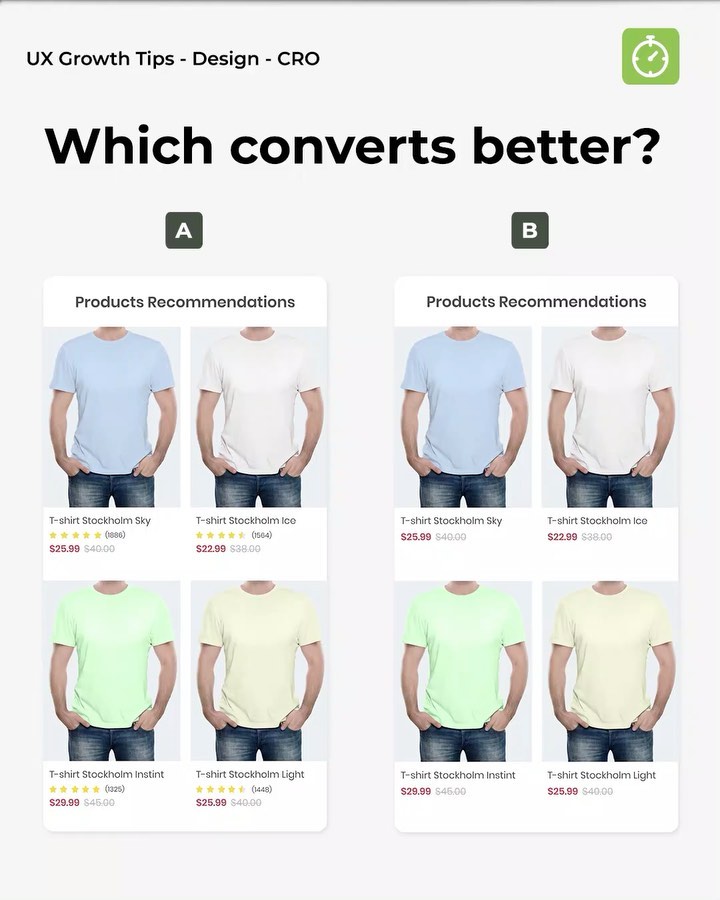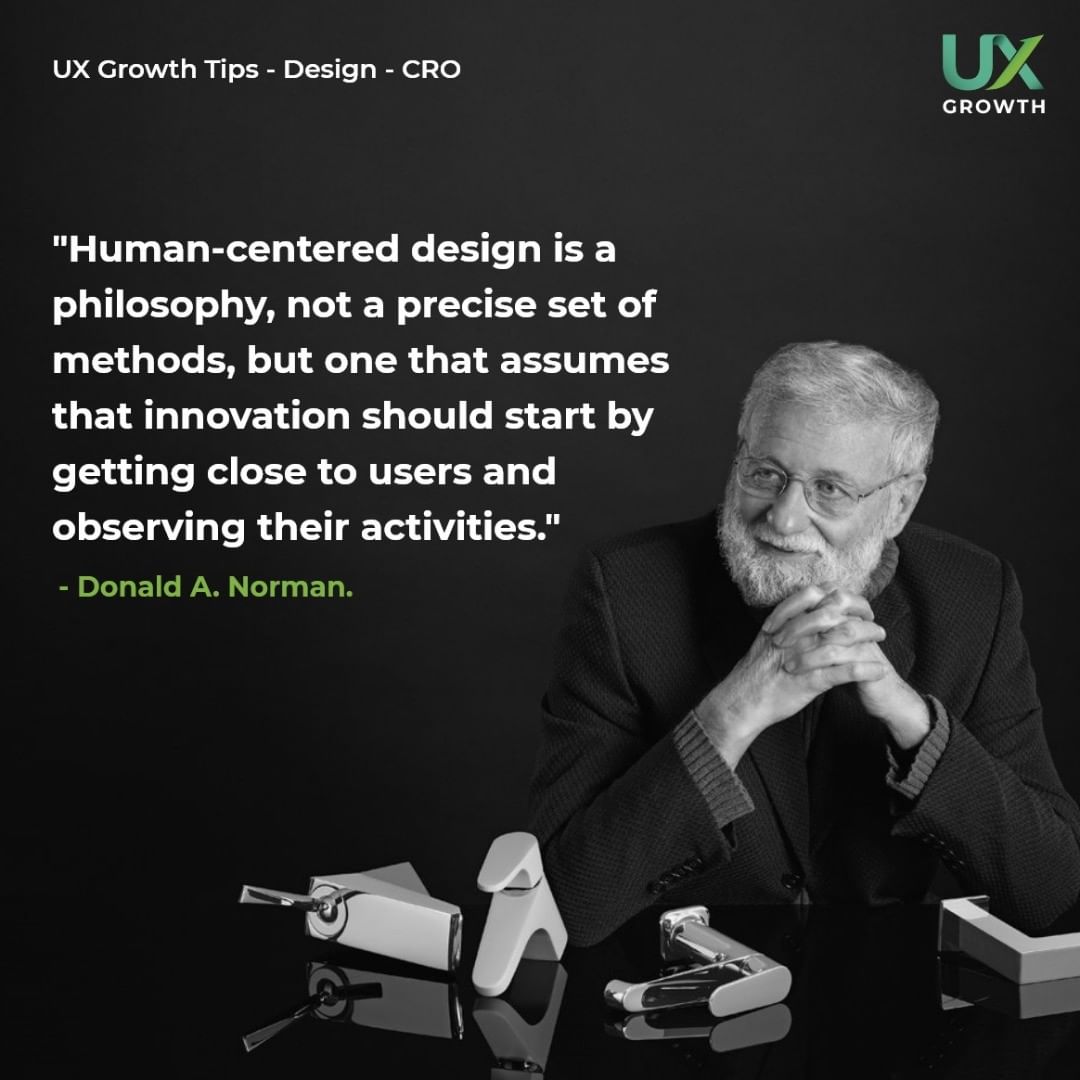Best Practices for Qualitative User Research in UX/UI Design
Qualitative user research plays a crucial role in understanding user behavior and preferences. By combining methods like interviews and shadowing sessions, valuable insights can be gained. It's important to strive for objectivity by minimizing bias and ensuring research adequacy. Collaborative knowledge building enhances research integrity and leads to impactful user-centric design decisions.
Understanding the Difference Between Qualitative and Quantitative Research
Before diving into the specifics of qualitative user research, it is essential to understand the fundamental difference between qualitative and quantitative research methodologies. While both approaches aim to gather insights and information, they do so in distinct ways, each offering unique benefits and challenges.
Applying Qualitative Methods in User Research
- Qualitative research involves collecting non-numerical data to gain a deeper understanding of user experiences, behaviors, and motivations.
- Methods like user interviews, focus groups, shadowing sessions, and diary studies allow researchers to delve into the rich nuances of user interactions.
- Qualitative data provides context and meaning, offering valuable insights into the 'why' behind user actions.
Importance of Combining Qualitative and Quantitative Approaches
While qualitative research provides valuable qualitative insights, combining it with quantitative data can lead to a more comprehensive understanding of user behavior and preferences. By integrating both methodologies, researchers can validate findings, identify patterns, and make data-driven design decisions.
The Synergy of Qualitative and Quantitative Data
- Quantitative research offers statistical rigor and helps quantify user preferences and trends.
- By merging qualitative narratives with quantitative metrics, researchers can paint a complete picture of the user landscape.
- Integrating qualitative and quantitative data leads to informed decision-making, ensuring products are not only intuitive but also align with user needs.
Methods of Qualitative User Research
Qualitative user research involves various methods to gain insights into user behavior and preferences. Understanding the nuances of different research approaches is crucial for collecting valuable data.
User Interviews and Their Benefits
User interviews provide a direct way to gather in-depth information from users. By conducting structured or semi-structured interviews, researchers can uncover user needs, motivations, and pain points. These insights drive informed design decisions and product enhancements.
Conducting Focus Groups for Deeper Insights
Focus groups allow researchers to observe group dynamics and interactions among users. By facilitating group discussions, valuable insights into shared opinions, concerns, and preferences can be obtained. This method is particularly useful for exploring diverse perspectives and identifying common themes.
Shadowing Sessions: Observing Users in Action
Shadowing sessions involve observing users as they interact with products or services in their natural environment. By witnessing user behaviors firsthand, researchers can gain valuable insights into usability issues, pain points, and unmet needs. This method helps uncover hidden obstacles that users may encounter during their interactions.
Keeping Diaries for Longitudinal Understanding
Diary studies involve participants recording their experiences, thoughts, and interactions over an extended period. By maintaining diaries, researchers can capture evolving user behaviors, emotions, and preferences. This longitudinal approach provides a deeper understanding of user journeys and the factors influencing their decision-making process.
Tools and Resources for Effective Qualitative Research
Utilizing technology for data collection is crucial in qualitative user research. By incorporating tools like online surveys and mobile data collection apps, researchers can gather data efficiently and accurately.
Analyzing Qualitative Data using Software
Software tools play a key role in analyzing qualitative data. Programs such as NVivo and Dedoose enable researchers to organize and analyze large amounts of qualitative data, facilitating pattern recognition and thematic analysis.
Benefits of Analyzing Qualitative Data with Software:
- Enhanced data organization
- Efficient data coding and categorization
- Facilitated cross-referencing for deeper insights
Best Practices for Reporting and Presenting Qualitative Findings
Effectively reporting and presenting qualitative findings is essential for conveying research insights to stakeholders. Utilizing visual aids, such as charts and graphs, can enhance the clarity and impact of the presented information.
Tips for Reporting and Presenting Qualitative Findings:
- Summarize key findings concisely
- Use visual representations to enhance understanding
- Provide context and real-world examples for clarity
Achieving Objectivity in Qualitative User Research
When conducting qualitative user research, achieving objectivity is crucial for the validity of the findings. This section explores strategies and methods to minimize bias, foster collaborative knowledge building, and ensure research adequacy.
Strategies to Minimize Bias in Research
- Establish clear research objectives to guide the study.
- Use diverse sampling methods to capture a wide range of perspectives.
- Conduct member checking to validate findings with participants.
Collaborative Knowledge Building in Research
Collaboration among researchers and stakeholders is essential for enhancing research quality and reliability. By sharing insights, experiences, and interpretations, a more comprehensive understanding of user behaviors and preferences can be achieved.
Benefits of Collaborative Knowledge Building:
- Enhanced data triangulation for robust findings.
- Increased researcher reflexivity for improved objectivity.
- Opportunity for cross-disciplinary perspectives to enrich analysis.
Ensuring Research Adequacy for Object Investigation
To ensure that qualitative research is adequate for the object of investigation, researchers must adhere to rigorous standards and practices. This involves conducting thorough data collection, analysis, and interpretation processes to elucidate meaningful insights that align with the research objectives.
Key Elements of Ensuring Research Adequacy:
- Transparency in research methods and data collection procedures.
- Rigorous data validation through coding and thematic analysis.
- Continuous data verification and refinement for robust conclusions.
Integrating Qualitative Insights into UX/UI Design Process
Implementing User Research Findings in Product Development
Implementing user research findings into product development is crucial for creating user-centric designs. By analyzing qualitative insights, designers can identify user needs and preferences to inform the development process effectively.
Iterative Design Based on User Feedback
- Iterative design involves incorporating user feedback at various stages of the design process.
- By continuously refining prototypes based on qualitative insights, designers can create products that better meet user expectations.
- Iterative design allows for flexibility and adaptation to user preferences, enhancing the overall user experience.
Measuring User Experience Impact through Qualitative Data
Measuring user experience impact through qualitative data involves assessing user satisfaction and engagement with the product. By gathering insights from user interactions, designers can evaluate the effectiveness of design decisions and make adjustments to improve the user experience.
Enhancing User Experience with Qualitative Research
Enhancing user experience through qualitative research is crucial for creating products that resonate with users on a personal level. By tailoring products to user preferences, addressing pain points, and embracing a user-centric design approach, companies can build products that truly meet user needs. Let's explore how qualitative research can be leveraged to elevate the user experience:
Personalizing Products based on User Preferences
- Creating personalized user experiences
- Developing user personas
- Adapting product features to individual needs
Addressing Pain Points through User Insights
- Identifying common pain points through user feedback
- Implementing solutions to improve user satisfaction
- Enhancing product usability based on user pain points
Continuous Improvement through User-Centric Design
- Iterative design processes
- Feedback loops for continual enhancement
- Incorporating user feedback into product updates
Importance of Time and Resources in Qualitative Research
Efficient Planning for User Research Studies
Efficient planning is crucial for the success of qualitative user research studies. Begin by defining clear research objectives and determining the scope of the study. Establish a timeline and allocate resources effectively to ensure timely completion of research phases.
Budgeting and Prioritizing Research Activities
Creating a detailed budget is key to managing resources in qualitative research effectively. Allocate funds to essential research activities such as participant recruitment, data collection tools, and research personnel. Prioritize activities based on their impact on achieving research goals.
Maximizing Results with Limited Resources
When faced with limited resources, creativity and strategic thinking are essential for maximizing the results of qualitative research. Consider alternative recruitment methods, leverage existing technology for data collection and analysis, and collaborate with other researchers to share resources and insights.
Balancing Qualitative and Quantitative Data for Holistic Understanding
Balancing qualitative and quantitative data is crucial for gaining a comprehensive understanding of user behaviors and preferences. By leveraging both data types, researchers can obtain valuable insights that inform design decisions and enhance user experiences.
Leveraging Both Data Types for Comprehensive Insights
When combining qualitative and quantitative data, researchers can capture the depth and breadth of user feedback. Qualitative data provides rich, nuanced insights into user motivations and emotions, while quantitative data offers statistical validation and trends. By integrating both types of data, researchers can develop a holistic understanding of user needs and preferences.
Cross-Validation of Findings for Data Integrity
Cross-validation of qualitative and quantitative findings is essential for ensuring the integrity and reliability of research outcomes. Triangulating data from different sources helps identify consistencies and discrepancies, leading to more robust conclusions. By cross-validating findings, researchers can enhance the credibility of their research and make informed decisions based on reliable data.
Making Informed Decisions with Dual Data Analysis
By employing dual data analysis methods, researchers can generate actionable insights that drive product improvements and innovation. Qualitative data can provide detailed context and user stories, while quantitative data offers statistical significance and trends. Integrating both types of analysis enables researchers to make informed decisions that resonate with user needs and enhance the overall user experience.
Overcoming Challenges in Qualitative User Research
Addressing the challenges that arise during qualitative user research is crucial for obtaining reliable insights and making informed design decisions. This section delves into various obstacles that researchers may encounter and offers strategies for overcoming them.
Addressing Research Participant Bias
Research participant bias can skew the results of qualitative user research, leading to inaccurate conclusions. It's important to establish trust with participants and create a comfortable environment to encourage openness and honesty.
Building Rapport
- Developing relationships based on trust and respect.
- Actively listening to participants' perspectives and concerns.
- Being transparent about the research objectives and methodology.
Fostering Collaboration between Research Teams
Collaboration among research teams is essential for sharing insights, aligning goals, and ensuring a cohesive approach to qualitative user research. Encouraging open communication and fostering a collaborative environment can lead to more comprehensive and impactful research outcomes.
Team Alignment
- Establishing clear roles and responsibilities within the research team.
- Regularly sharing findings and insights to promote cross-functional collaboration.
- Encouraging diverse perspectives and input from team members.
Handling Data Privacy and Confidentiality
Protecting the privacy and confidentiality of research participants is paramount in qualitative user research. Adhering to data protection regulations and ethical guidelines ensures that sensitive information is handled securely and responsibly.
Ethical Considerations
- Obtaining informed consent from participants prior to data collection.
- Anonymizing and securely storing research data to prevent unauthorized access.
- Respecting participants' rights to privacy and confidentiality throughout the research process.
Continuous Learning and Improvement in Qualitative Research
Professional Development in User Research Field
Continuous learning is essential in the field of qualitative user research to stay updated on emerging methodologies and tools. Participating in workshops, conferences, and online courses enhances research skills and knowledge. Collaborating with industry experts and sharing experiences fosters professional growth.
Exploring Advanced User Research Techniques
- Attending advanced research workshops - Networking with experienced professionals - Engaging in online forums for knowledge exchange
Staying Updated on Industry Trends
- Following industry publications and blogs - Subscribing to research methodology newsletters - Participating in research webinars and forums
Adapting to Evolving User Needs and Behaviors
User needs and behaviors continually evolve, requiring researchers to adapt their methodologies. Conducting regular user surveys and usability tests helps in understanding changing preferences. Monitoring industry trends and competitor analysis aids in anticipating user expectations.
Integrating User Feedback into Research
- Establishing feedback loops with users - Implementing user suggestions in research studies - Iteratively improving research processes based on feedback
Monitoring User Behavior Metrics
- Analyzing user engagement data - Tracking user retention rates - Identifying patterns in user interactions
Enhancing Research Methodologies for Future Studies
Improving research methodologies is crucial for producing insightful and actionable findings. Experimenting with new data collection techniques and analysis tools boosts research efficiency. Seeking feedback from stakeholders and team members helps in refining research approaches.
Exploring Innovative Research Technologies
- Adopting AI-driven research tools - Implementing eye-tracking and heat mapping technologies - Experimenting with virtual reality for user testing
Collaborating with Cross-functional Teams
- Involving designers and developers in research design - Co-creating research plans with marketing teams - Seeking input from product managers for research strategy
- Continuous learning and professional development contribute to research excellence.
- Adapting to changing user behaviors ensures research relevancy.
- Enhancing research methodologies leads to more impactful insights.
Embracing a culture of continuous improvement in qualitative research drives innovation and user-centric product development.



